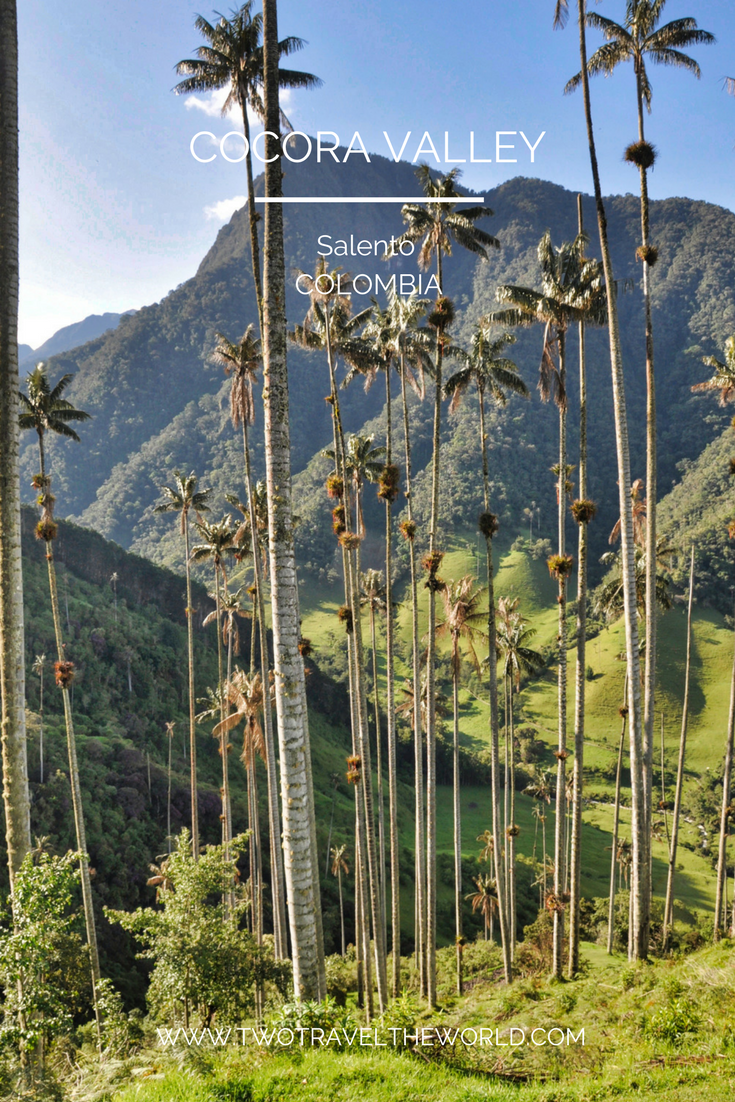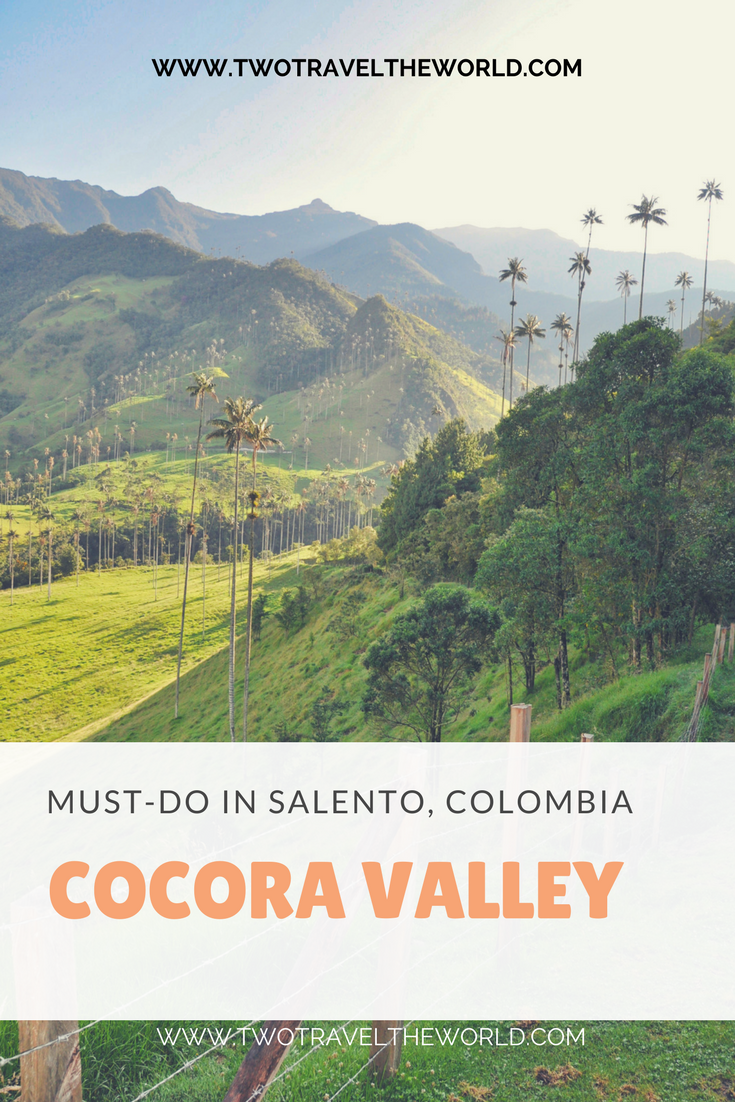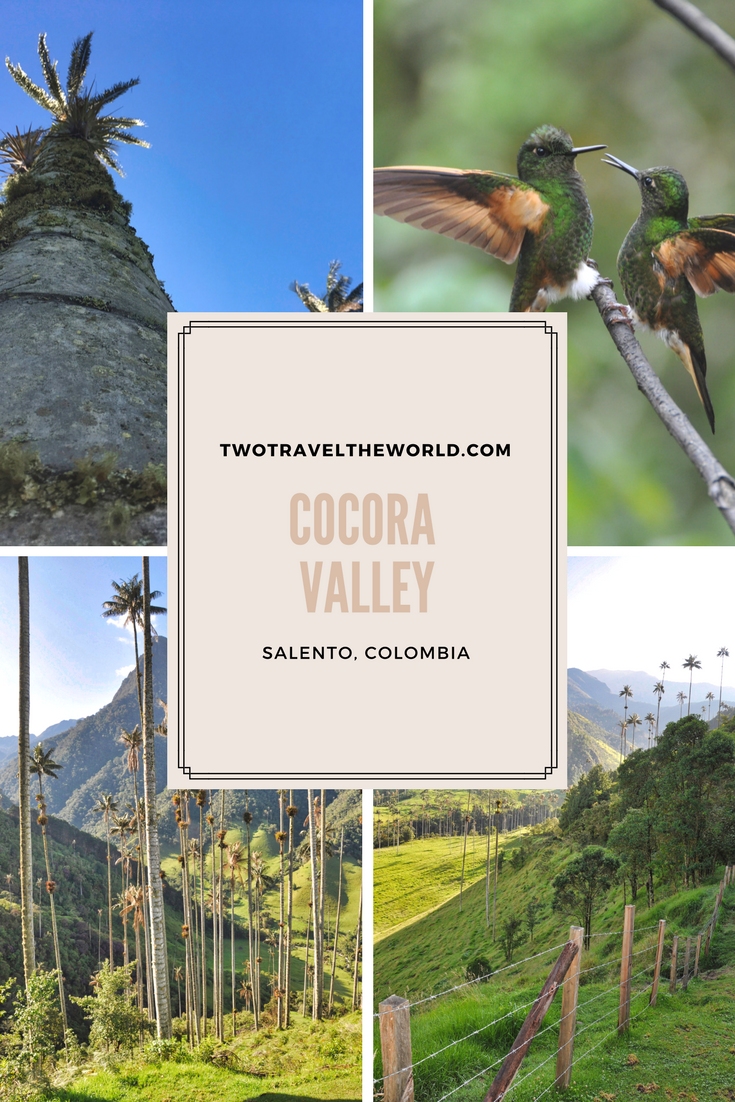The Valle de Cocora, or Cocora Valley, was the highlight of our trip to Salento in Colombia’s coffee region, Eje Cafetero. The hike was bucket list-worthy, and it didn't disappoint. The main reason the trek was popular was the giant Colombian wax palms but there was so much more to explore.
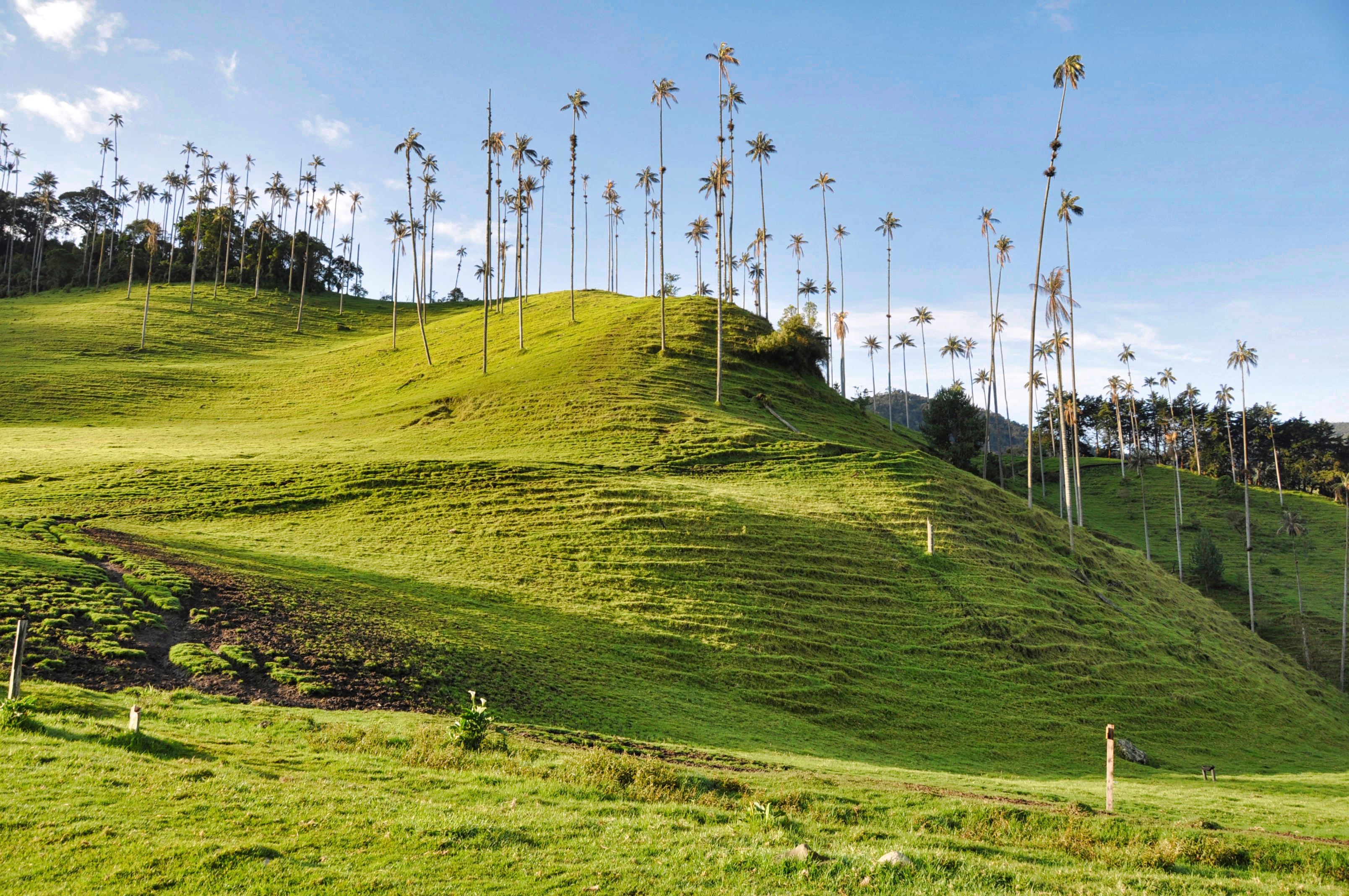
We caught one of the shared jeeps, called Willys, that were leaving, every hour, from the central plaza - the main square in Salento. They were cheap. We paid 4,000 COP each and left with the first ride at 6.30 AM. Theoretically, jeeps were leaving from 6:30 AM to 2:30 PM every hour. In practice, they usually were riding off once they had 8 to 12 passengers - 2 in front, 6/8 at the back and 2 standing outside.
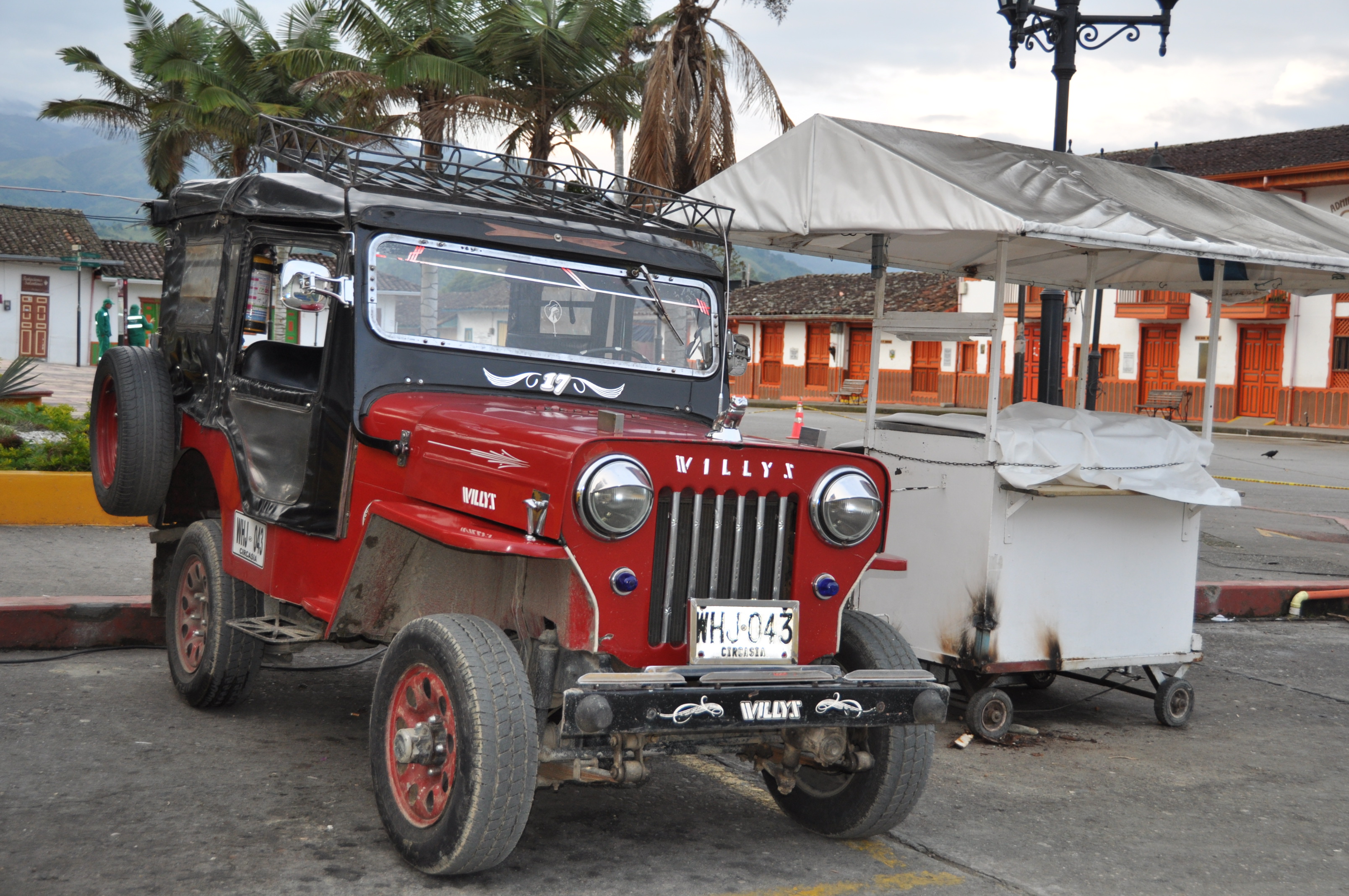
The ride took about half hour through the beautiful countryside - farms, green pastures, happy cows and a few famed palm trees here and there. The truck dropped us off at the trailhead of the Valle de Cocora. Most people do the long hike, counterclockwise, starting from the blue gate. When the weather is cloudy, that was probably the best choice, hoping it will clear up during the day.
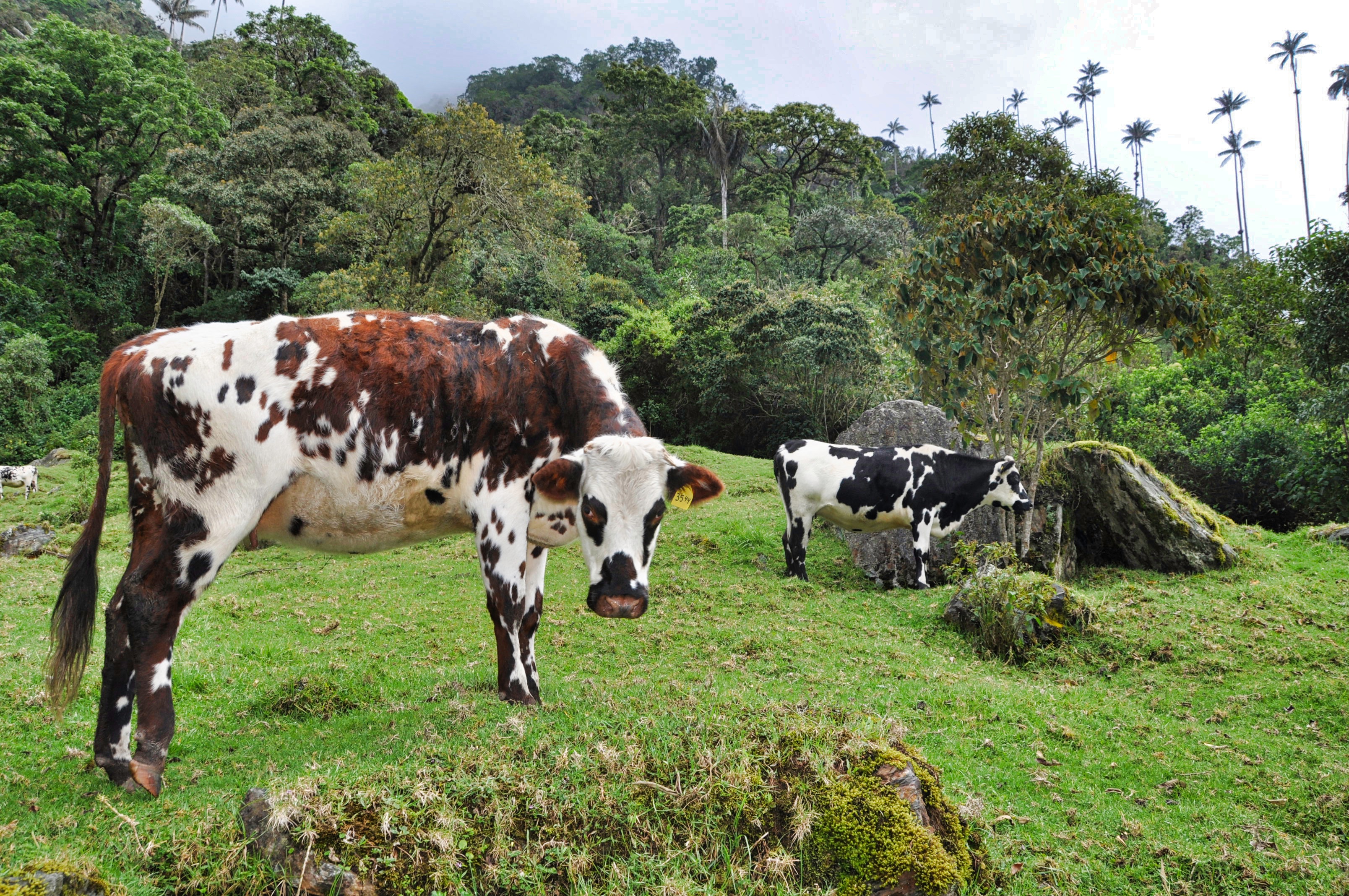
The sky had a beautiful shade of blue dotted with a few puffy white clouds. We knew the weather could quickly change, and we didn't want to take the risk. Therefore, we set off straight up along the paved road up to the Bosque de las Palmas. In other words, we elected to hike the long loop clockwise starting by the giant palms of the Valle de Cocora. A gentleman explained us, in Spanish, the trail and invited us to pay the entrance fee at COP 3,000. We got confused with the information but we had a map drawn by our hotel receptionist. So what could go wrong?
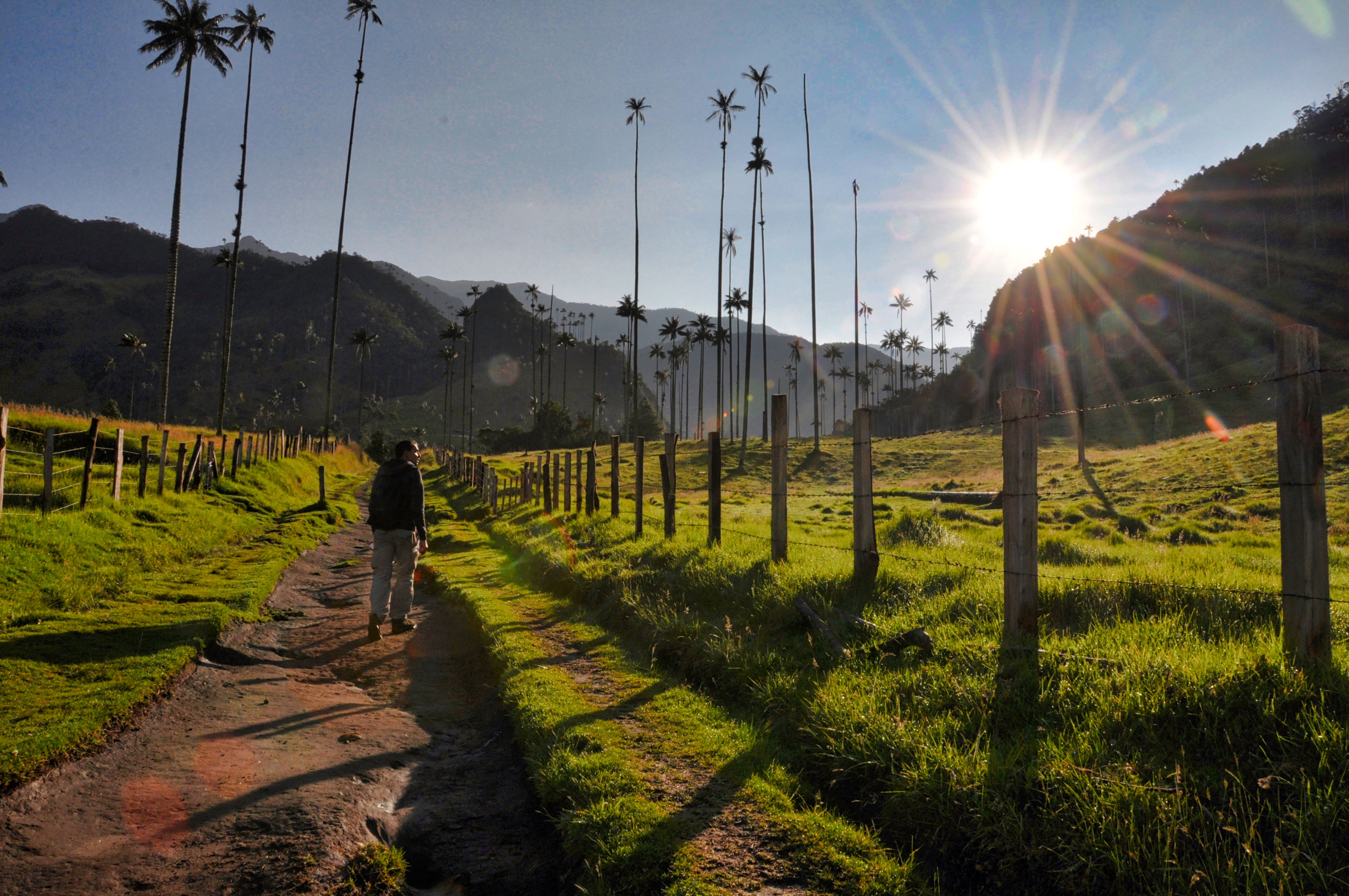
After 30 minutes, we were walking amongst the world’s tallest palm trees, growing up to 65 meters. The ones around us shooting up 50 meters into the air. The iconic wax palms also happen to be the national tree and the symbol of Colombia even though it's technically (or botanically) not a tree. The scenery was stunning and unique. The impressive giants only grow in rare places like the Valle de Cocora.
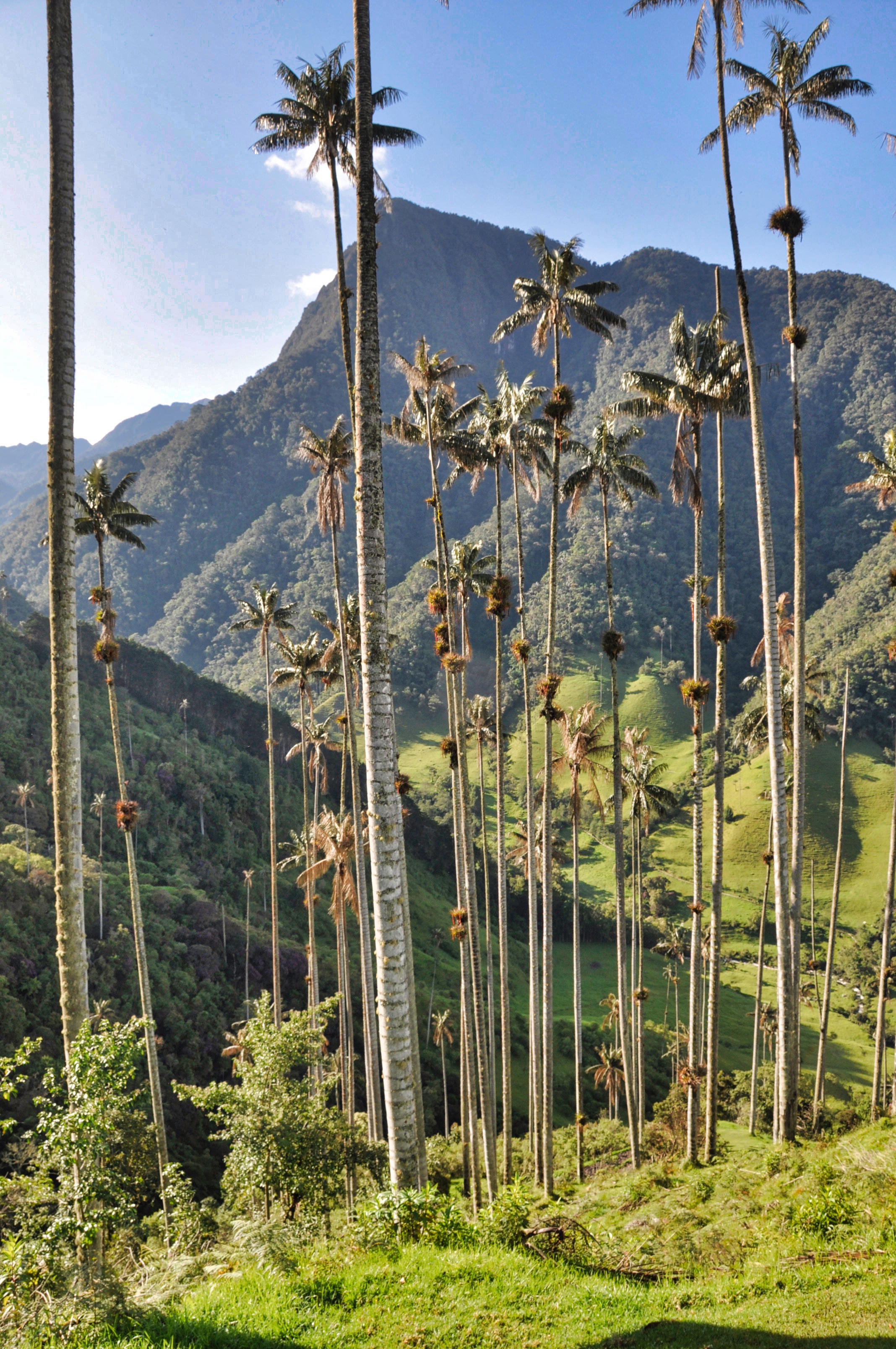
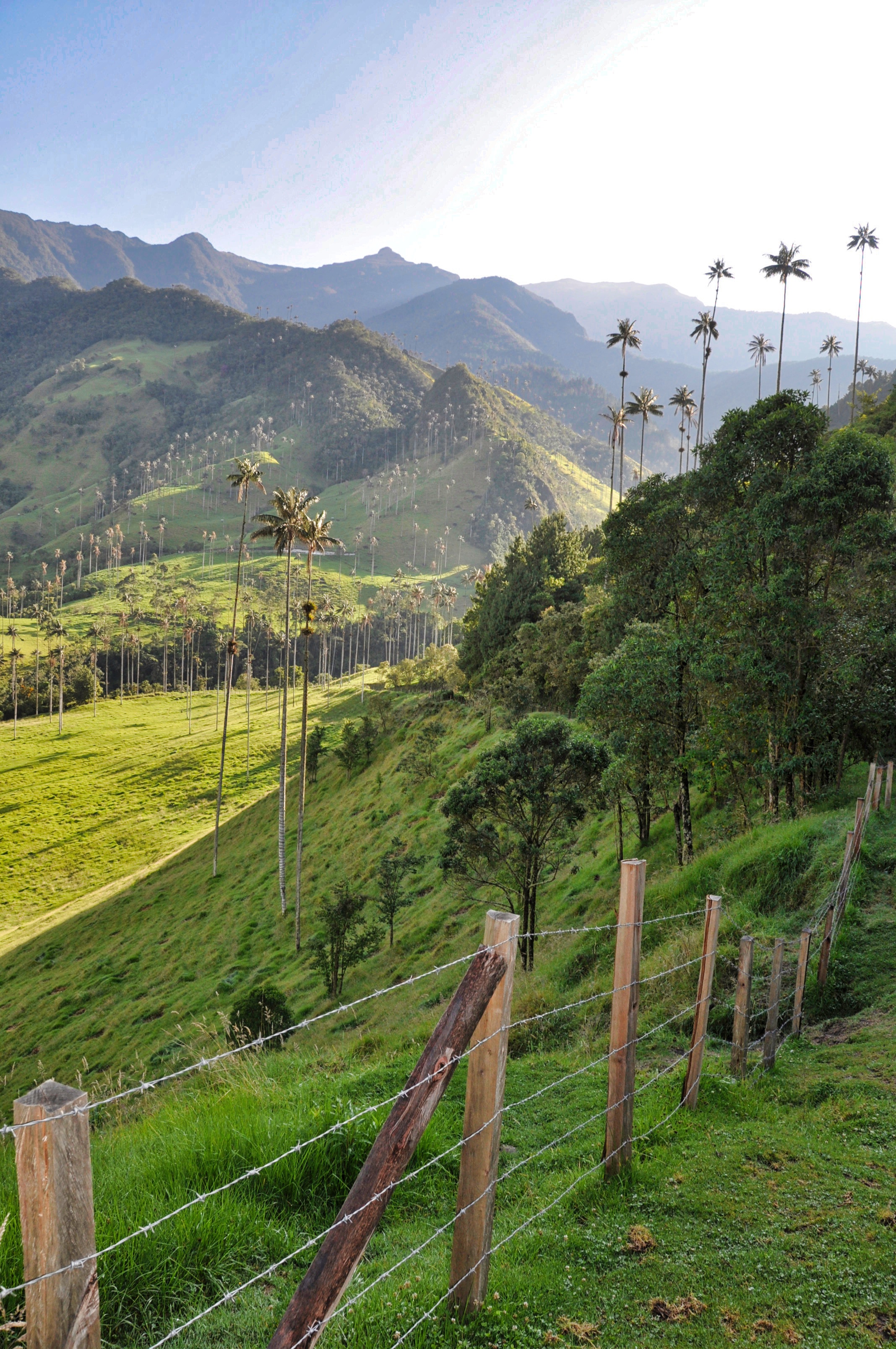
We carried uphill for another hour to get an elevated view of the giants. The view of those monumental plants towering from the bright green field was postcard-perfect material. A few miradors, on the right-hand side of the trail, provided different lookout points of the Cocora Valley, the enticing rolling green hills dotted with hundreds of wax palms.
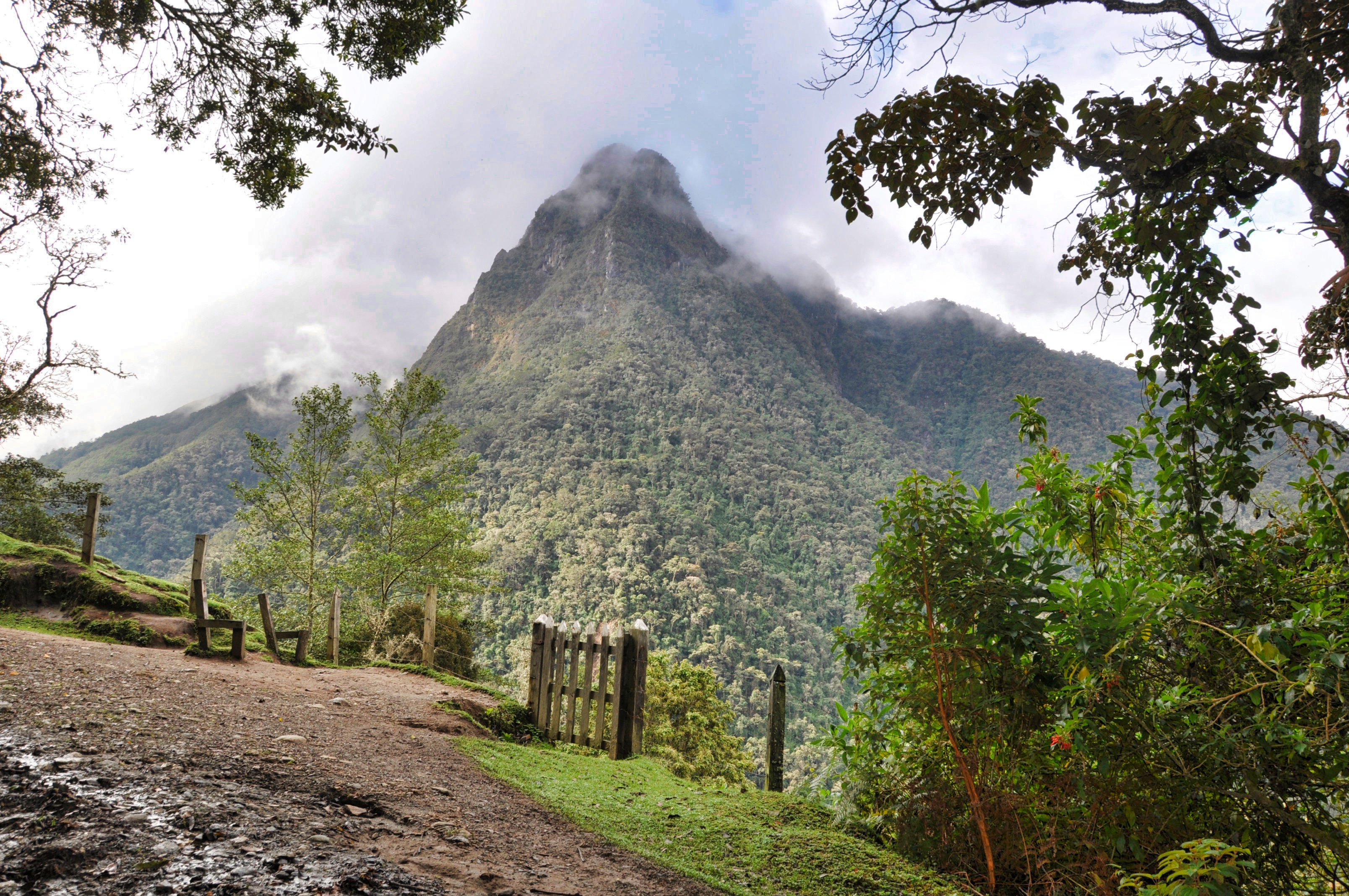
After entering the cloud forest, we made our way up to Finca La Montaña. Since the Cocora Valley was part of the Los Nevados National Natural Park, the hike provided a variety of scenery along the walk - ample green fields, lush tropical vegetation, rolling mountains, creeks, and waterfalls.
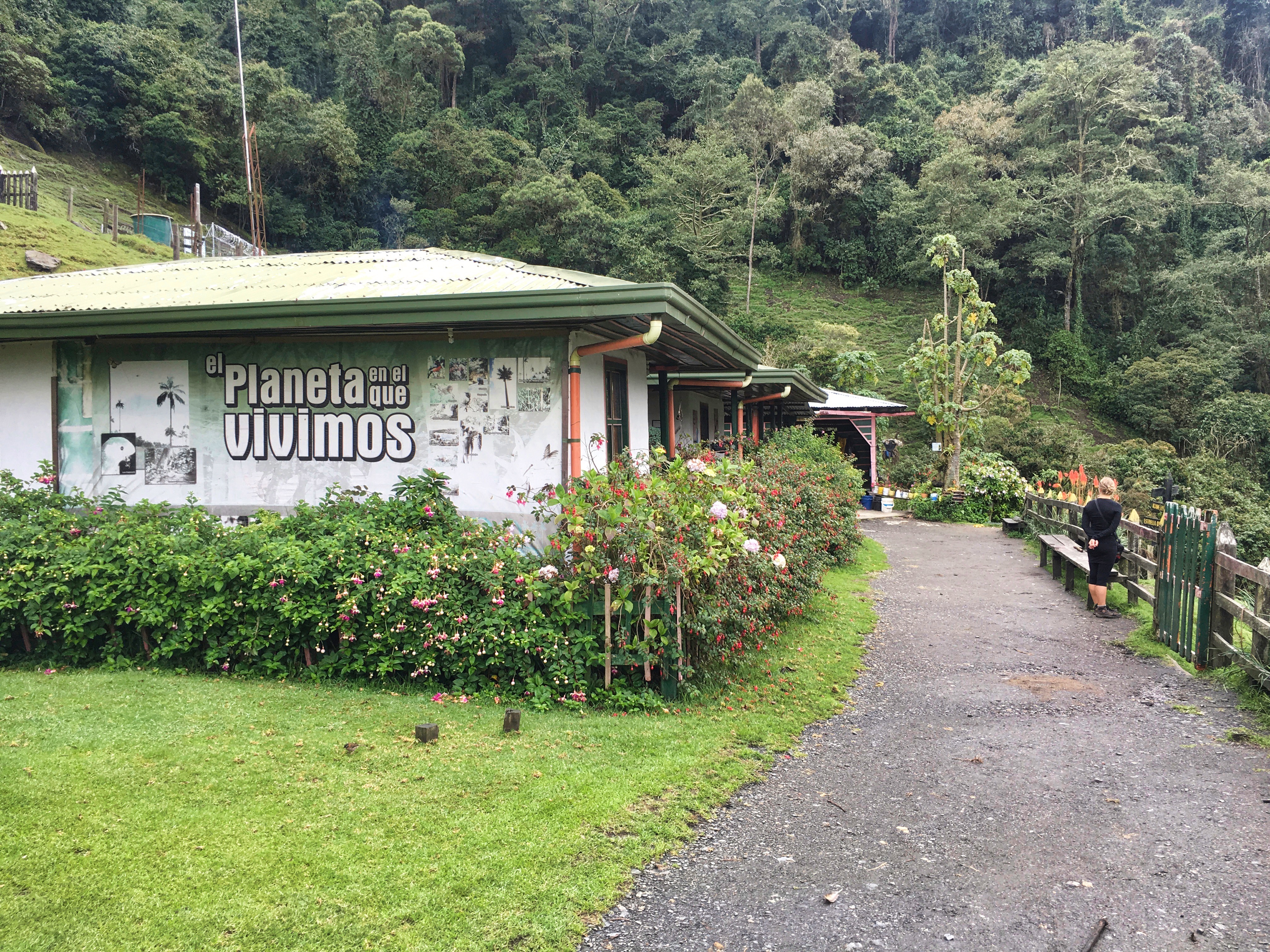
Suddenly we heard an angry dog barking. We knew we arrived at the coffee farmhouse located at the top of the mountain. We were confused on how to continue the trail. The sign for ACAIME was pointing to the right. But instead, we had to open the door and walk down the hill.
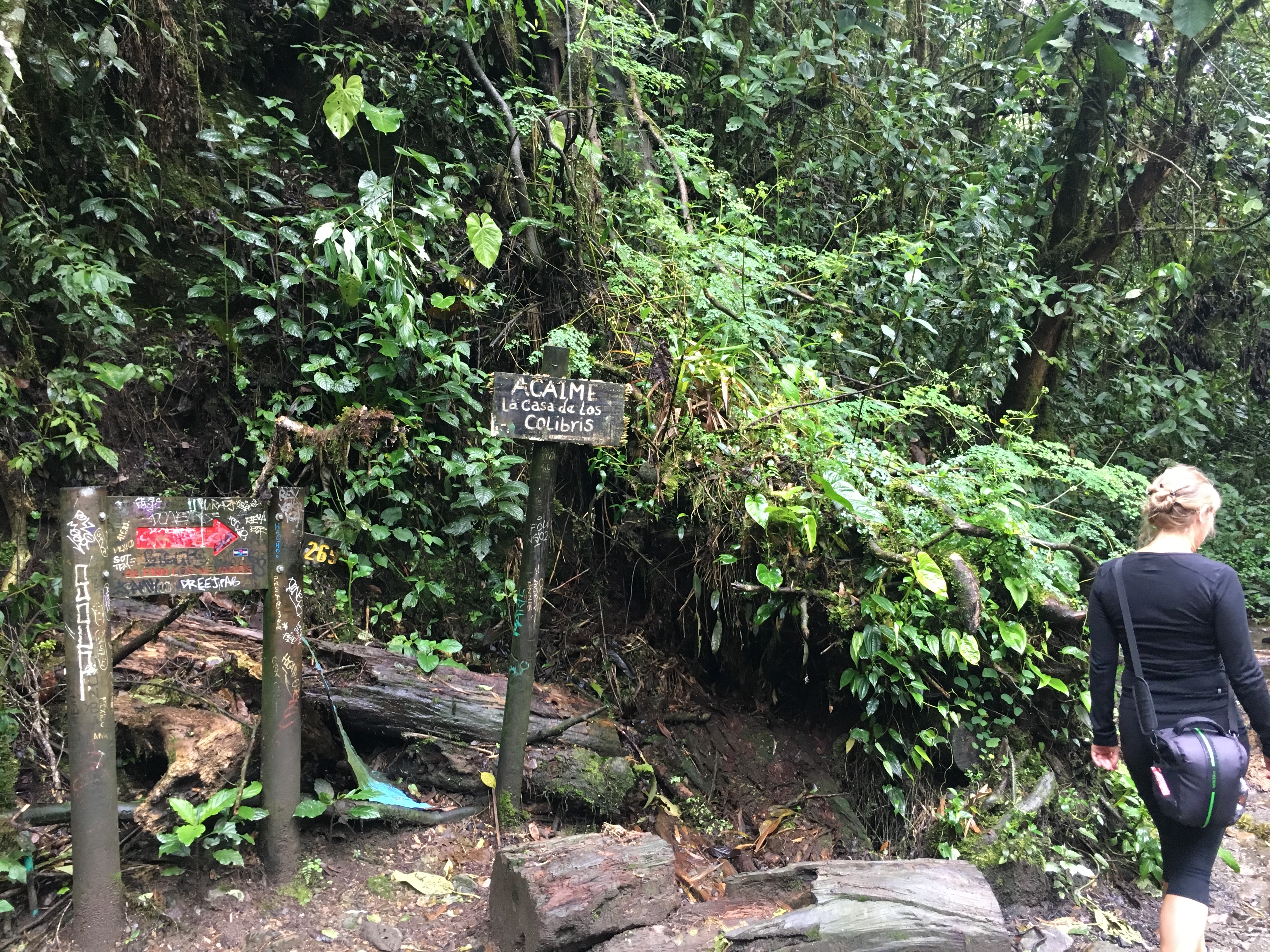
Once you reached the wooden signs with "Acaime La Casa de Los Colibris" and the red arrow, we could have turned right and complete the full circle. Instead, we followed the red arrow as we wanted to visit the hummingbirds. Acaime was essentially a hummingbird sanctuary and a strategically placed coffee-shop. It was one kilometre uphill off the main trail but was worth the extra effort. For COP 5000, we were greeted with a hot drink, cheese and countless of hummingbirds drinking from the sugar water feeders. We had never seen so many birds so up close.
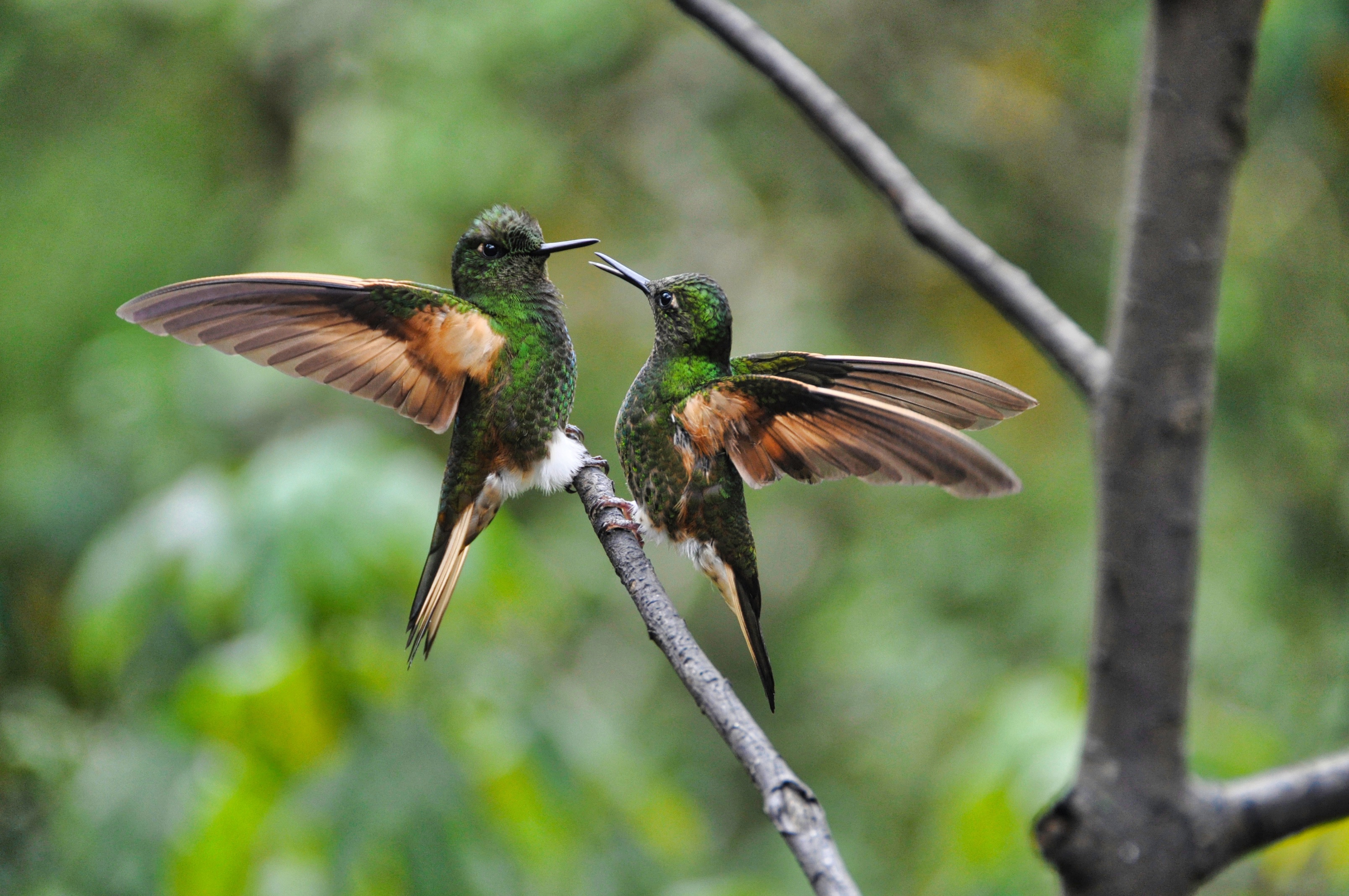
After sipping on the watery hot chocolate, chewing the piece of cheese and taking selfies (yeah selfies) with the hummingbirds, we left the shelter and headed back towards to the "red cross" section to complete the loop. We ignored the sign for 4 Estrella de Agua. You should too. We weren’t going to the National Park and didn't want to get lost or add 2/3 hours to our trek.
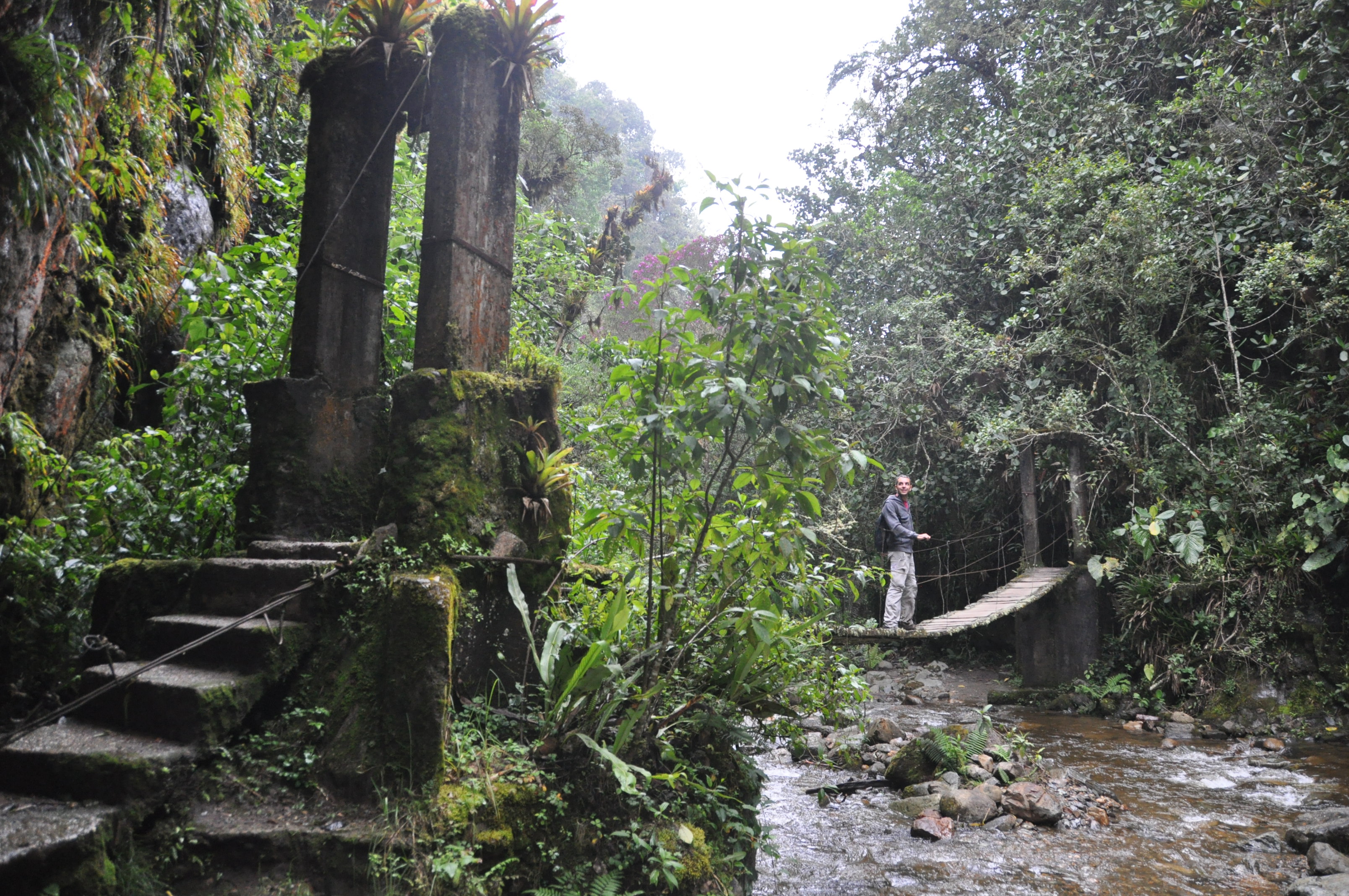
From there, the trail followed the Quindío River and turned into an uneven, muddy and rocks pathway full of rocks, horse shit and puddles. We crossed five old rickety suspension bridge made of wooden planks. Walking on them was fun and scary as they would swing in both directions. We spotted travellers on horseback crossing the river.
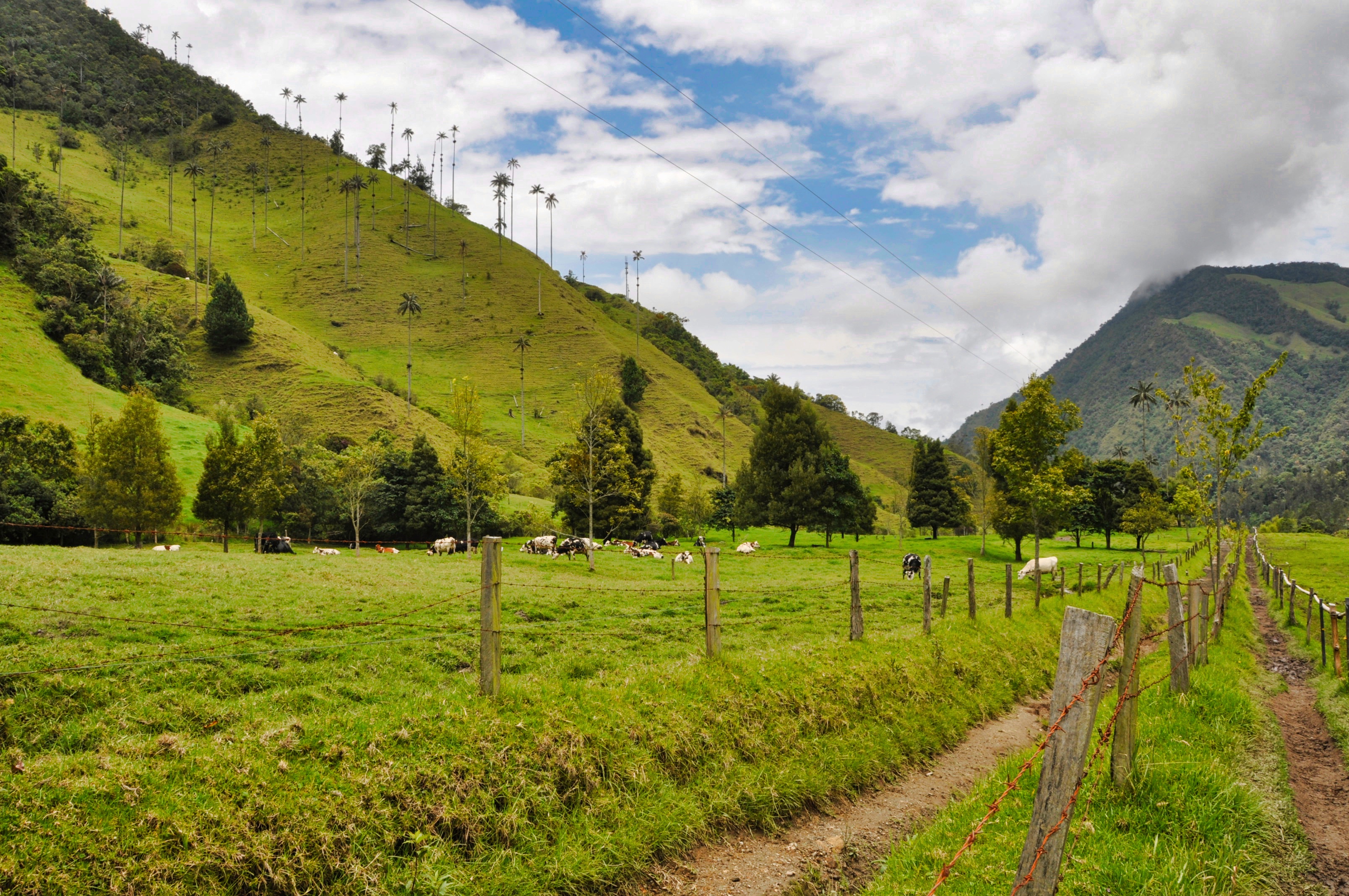
Upon leaving the dense rainforest, we entered the last section made of unbelievable green pastures lining up both sides of the trail. Once again we were surrounded by the surreal, striking landscapes sprinkled with the slender and soaring wax palms.
After a wonderful 6 hours of hiking through the Valle de Cocora, we caught a truck back to Salento from the very small parking lot.
How to hike the Cocora Valley
You have three options to hike the Cocora Valley: the clockwise loop, the counter-clockwise loop, or straight up to the viewpoint and back down.
The Cocora Valley Loop, clockwise, is marginally easier. The uphill will be on the road and the downhill on the rockiest and muddy trail. For example, you will go downhill from Finca La Montaña, the steepest section of the trail. It can be hard on your knee though. If the weather is good when you arrive, you want to visit first the valley filled with the wax palms. Weather can change rapidly and you could miss the best scenery. The entrance fee was COP 3,000.
The Cocora Valley Loop, Counterclockwise, starting from the blue gate on the right is probably the most challenging route. It means you will walk up a steep mountainside to the highest point at Finca La Montaña. Harder on the heart but better for the knees. Most travellers choose this option as the grand finale will be a clearing with hundreds of wax palms. We could say you save the best, most beautiful scenery for the end. If the weather is cloudy in the morning, it gives you a chance to clear up when you finish the hike. The entrance fee is only COP 2,000. Don't ask us why?
If you are not particularly fit, low on time or late in the day, skipping the hike and only visiting the Valle de Cocora might be a better option. Just head straight when you disembark the jeeps and you will soon see a clearance with hundreds of was palms. It will only take one hour but you will miss out on a gorgeous hike.
Practical informations the Cocora Valley
- Bring water and a few snacks.
- Although at times the trail can be challenging, you don't need a guide.
- Wear various layers of clothing as the weather can change dramatically, as can the temperature.
- The trek is between 1900 – 2900 meters. At this altitude, the sun can be very strong so remember to bring sunscreen and a hat.
- Go early, the area is green for a reason, and it usually rains and can be cloudy in the afternoon.
- Bring small peso notes to pay the entrance (COP 2,000 or COP 3,000) fee and the optional hummingbird shelter (COP 5,000) (April 2018).
- The cost was 4,000 COP per person for one way for the Jeeps (April 2018).
- The organised Jeeps leave every hour from 6:30 AM to 2:30 PM (April 2018).
- The last jeep back to Salento from the Cocora Valley is at 5:00 pm.
- The trail is slippery, muddy and rocky. You will want to wear good walking shoes or rent rubber boots.
- People get lost and end up walking much more than they wanted. Do not follow the sign 'Estrella de Agua' unless you really really know what you are doing.
Where to stay in Salento
Salento is charming. The small town is a great destination on its own. There are plenty of hotels, guesthouses, and restaurants to stay a few days while you are hiking the Valle de Cocora.
We stayed at the brand new hotel Casa Borbon located a few meters from the Main Square. The rooms were comfortable, modern and clean with a great hot shower. The friendly and fluent English-speaking personnel provided lots of information and recommendations on what to do around the pueblo. Book a room with the balcony for the best view ever over the rolling green mountains.
Cocora Valley was one of the most striking landscapes we found in Colombia and should be on your Colombia bucket list.
Have you been to Salento? Did you hike the Valle de Cocora clockwise or Counterclockwise? Leave us a comment below.
